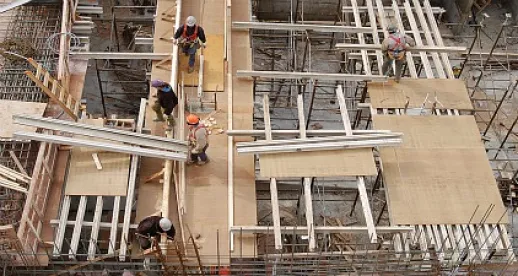In a decision of great importance to property owners, developers, architects, engineers, and contractors, the Massachusetts Supreme Judicial Court (SJC) this morning ruled that the state’s six-year statute of repose, M.G.L. c. 260, § 2B, applies to tort claims based on asbestos exposure and other diseases with long latency periods. The decision is Stearns v. Metropolitan Life Insurance Company.
The statute of repose applies to “Action[s] of tort for damages arising out of any deficiency in the design, planning, construction or general administration of an improvement to real property . . .” and states, “in no event shall such actions be commenced more than six years after the earlier of the dates of (1) the opening of the improvement to use; or (2) substantial completion of the improvement and the taking possession for occupancy by the owner.”
Unlike statutes of limitation, which start to run when a claim “accrues” (generally when the injured party becomes aware of the injury), and which can be tolled based on equitable principles, statutes of repose start to run on a fixed date and cannot be tolled for any reason.
Plaintiffs injured by exposure to asbestos and other harmful building materials, where the injury often does not manifest for many years, have long argued the unfairness of having their claims absolutely barred by the statute of repose years before they became aware they had been injured. Until today, it was considered (at least by some) an open question whether, and to what extent, the statute of repose applies to such long-latency claims. Today’s decision in Stearns answers that question in no uncertain terms.
While acknowledging the “great hardship” to plaintiffs who may be left with no remedy for a disease that results in serious injury or death, the court notes that the statute of repose serves the important purpose of protecting participants in the construction industry from “possible liability throughout their professional lives and into retirement . . . .” Because the statute contains no exceptions, and has been strictly construed in other contexts, the court concludes that, despite “the regrettable effect” of barring all or nearly all tort claims arising from exposure to asbestos and other building materials, “the appropriate recourse is in the Legislature, not this court.”
Whether this decision prompts legislative action to revise M.G.L. c. 260, § 2B remains to be seen.



 />i
/>i

